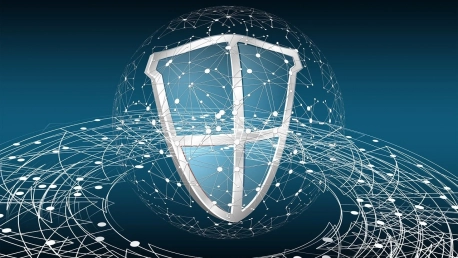Cybersecurity threats are increasingly menacing federal agencies with their advanced tactics, penetrating protective digital barriers with worrying ease. To effectively address these rising threats, there is a pressing need to transition from traditional compliance-focused security measures to a more dynamic risk management approach. Security expert Jonathan Trull underscores this critical shift, arguing for a robust cybersecurity approach that is responsive to the modern digital landscape. He emphasizes the importance of resilient strategies that are proactive rather than reactive, adapting to the continually changing threat environment. Trull’s analysis suggests that agility and continuous assessment are key to maintaining defenses that not only protect against current cyber threats but are also prepared for future challenges. This strategic pivot aligns with broader trends in cybersecurity that advocate for resilience and adaptability in the face of a landscape where cyber threats evolve faster than ever before.
The Inadequacy of Compliance-Based Cybersecurity
Beyond Checklists: Adopting a Risk-Centric Approach
The static compliance model, with its rigid checklists based on the Federal Information Security Modernization Act (FISMA), is falling short in combatting evolving cyber threats. Government agencies must shift from ticking boxes to a nuanced grasp of their specific security risks. Adopting a risk-focused cybersecurity approach, they can prioritize resources for maximum effect on critical vulnerabilities. This strategy shift is more than simply procedural; it demands an organizational culture transformation. Every tier of the agency, from leadership to frontline staff, should be engaged in recognizing the risks to their digital assets and infrastructure. This deeper understanding is essential in reinforcing the organization’s defense against the increasingly sophisticated and dynamic dangers presented in the cyber landscape. Through such a proactive stance, agencies can anticipate challenges and bolster their cybersecurity posture more effectively.
Evolving from a Static to a Dynamic Cybersecurity Posture
Cybersecurity must evolve swiftly to mitigate emerging threats. Compliance is static, merely a momentary overview, whereas a continuous risk management approach enables agencies to perpetually surveil and hasten their reaction to incidents. This flexibility is crucial given the digitally advanced attackers who are always refining their tactics. A cybersecurity strategy that adjusts in real-time is fundamental to staying ahead of such adversaries. By consistently evaluating and tweaking their security measures, agencies better safeguard sensitive data. Such an adaptive defense mechanism is not just preferable but essential for staying one step ahead in the ever-changing cyber threat landscape. It’s the dynamic nature of this approach that promises a more robust protection for government entities handling critical information.
Implementing a Risk Management Framework
Transitioning to Zero-Trust Architecture
Federal entities are prompted to transition to a zero-trust security model, shifting from the obsolete trust-based networks. This model assumes no inherent trust for either internal or external users. A shift to zero-trust necessitates a robust overhaul of security protocols, demanding significant investments in new technology and the training of cybersecurity experts. This approach also entails the development of a standardized risk assessment language, fostering uniformity and transparency across different agencies. By doing so, security is not just enhanced within the perimeter but at every access point, ensuring continuous verification and validation of credentials and permissions. Implementing such a stringent security structure is pivotal to protecting sensitive government data in an era of escalating cyber threats.
Strategic Security Controls and Incident Response
Effective cyber risk management necessitates the deployment of evidence-based security controls proven to reduce threats. Prompt patching, robust multi-factor authentication, meticulous configuration management, and an agile incident response are essential components. Concentrating on vulnerabilities currently being exploited is vital for boosting security measures. This focus not only strengthens defenses but also guarantees a quick and effective response to minimize damage from cyber incidents. Such a focus enables cybersecurity to serve as a strategic facilitator, seamlessly integrating with the agency’s wider objectives. Implementing these measures strategically enhances the overall resilience of the organization, aligning cybersecurity efforts with its mission and helping to safeguard both data and operations from potential cyber threats. This holistic approach to cybersecurity underscores its role as a foundational element in the agency’s long-term success and stability.









